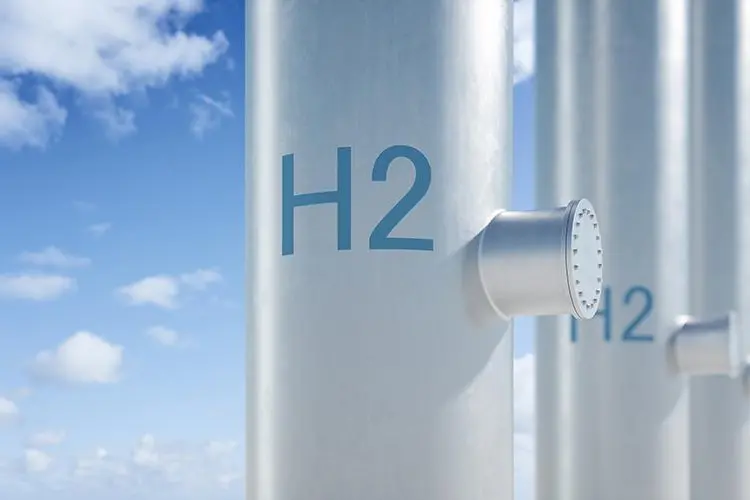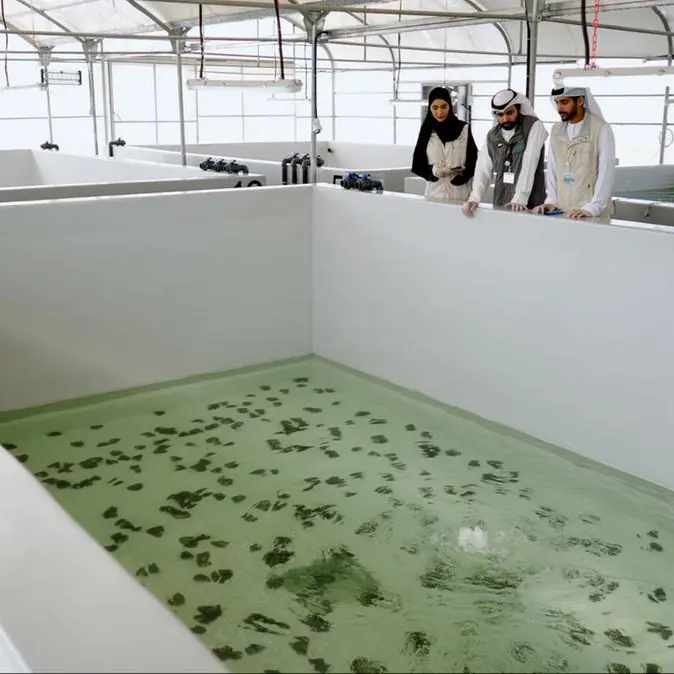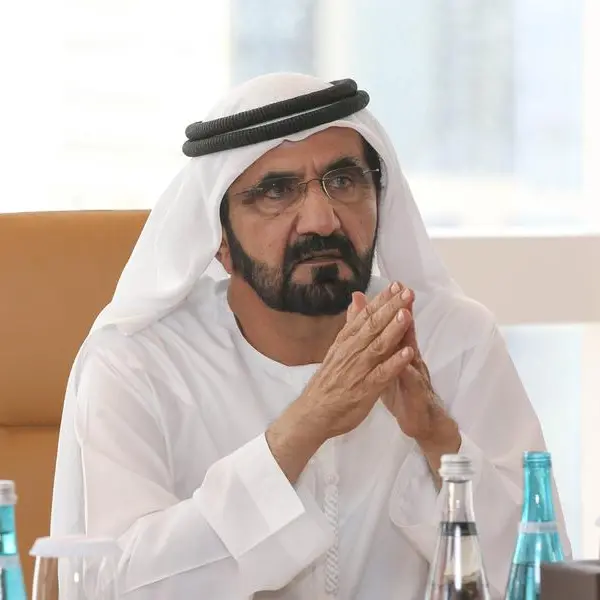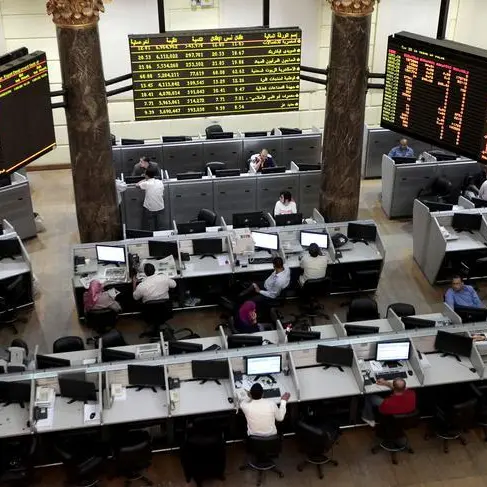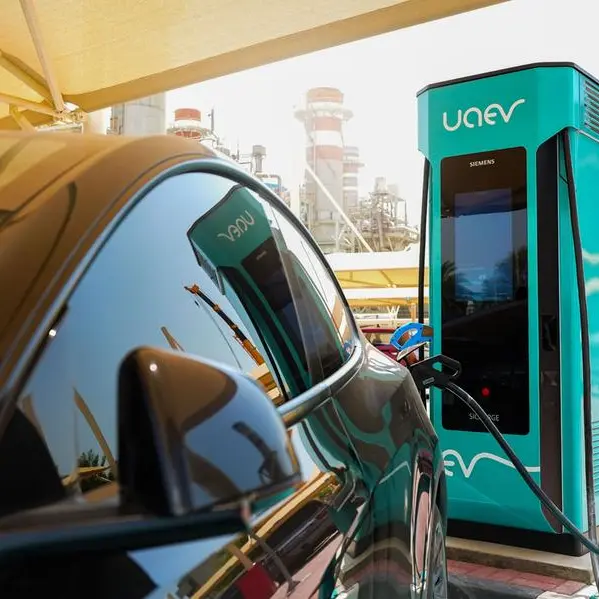PHOTO
MUSCAT: The Sultanate of Oman’s leading role in renewable energy generation to help drive the country’s energy transition goals, most notably through the production of green hydrogen, has been highlighted by the International Energy Agency (IEA) in a new report.
Titled, ‘Renewables 2024’, the flagship annual report of the Paris-headquartered agency has ranked Oman among a small handful of countries in the Middle East that are poised to surpass their respective national goals to produce hydrogen as a low-carbon energy feedstock.
“... we expect the United Arab Emirates, Oman and Morocco to exceed their ambitions for 2030”, the report noted, referencing Oman’s goal to install enough solar and wind capacity to power electrolyzers with a capacity to produce annually at least 1 million tonnes of green hydrogen by 2030.
According to the report, regional economic powerhouse Saudi Arabia is projected to dominate the expansion of renewables capacity in the region with a roughly 40 per cent share of all new gorwth anticipated between 2024 and 2030. Oman, together with the UAE, Egypt, Iraq and Morocco, will together account for a 44 per cent share, underscoring their ambitious energy transition goals.
Driving this growth in renewables are two key factors, the IEA explained. “The first is fast-rising domestic demand for electricity, spurred by population and economic growth. Peak demand reached record levels this year in Kuwait, Egypt, Algeria, Oman and Iraq as soaring temperatures raised air-conditioning use,” it said.
Significantly, the IEA report also envisions major investments in new onshore wind capacity in Oman and the wider MENA region to help support the generation of renewable electricity for domestic consumption. Around 4 gigawatts (GW) of new onshore wind capacity is anticipated for development in the region by the end of this decade, with Oman, Saudi Arabia and Egypt leading this drive.
Currently on the anvil for procurement in Oman are five wind-based Independent Power Projects (IPPs) with a generation capacity aggregating around 1 GW. Renewable electricity from these IPPs will be injected into the national grid that supplies power to domestic consumers, and not any of the upcoming green hydrogen developers.
Additionally, the IEA report affirms Oman’s increasingly prominent position in the region’s emerging green hydrogen sector. “In addition to electricity consumption, the use of hydrogen in industry and of hydrogen-based fuels as feedstocks also drives renewable capacity growth in the MENA region. In fact, renewable energy capacity for hydrogen production is expected to account for 10 per cent of the region’s growth by 2030. Two of the world’s first global offtake contracts for ammonia have been announced in Egypt and Saudi Arabia, while developers have been awarded plots of low-cost land in Oman to build projects producing hydrogen for local industries as well as ammonia for export,” the report stated.
Oman is targeting an estimated $40 billion in investments in the country’s nascent green hydrogen industry to help achieve an annual output of 1 million tonnes of zero-carbon hydrogen by 2030. Investment inflows are anticipated to soar to a total of $140 billion by 2050 when green hydrogen production capacity is ramped up to around 7.5 – 8 million tonnes per annum.
2022 © All right reserved for Oman Establishment for Press, Publication and Advertising (OEPPA) Provided by SyndiGate Media Inc. (Syndigate.info).
